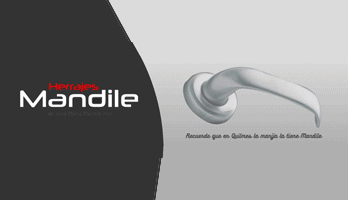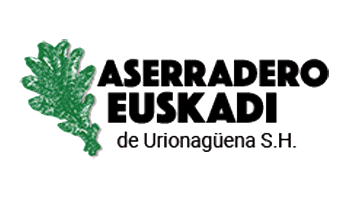
A cello sculpted in wood pays homage to the musicians of Guadalajara
The group of sculptors of Guadalajara, Asociación Proyecto 3, has done another of his magnificent works on dead trees in Guadalajara.
The group of sculptors of Guadalajara, Asociación Proyecto 3, has done another of his magnificent works on dead trees in Guadalajara. In this case, a cello has been sculpted in the dry trunk of a pine tree in the park of La Concordia, as a tribute to the musicians of Guadalajara. The sculpture is very close to the park music kiosk.
Andrés Mena, Rafael Gonzalo and José Ángel Gil were the authors of this sculpture made on a large pine with a base of 3.5 meters inside the project that they call "A tree, a feeling".

IT MAY INTEREST YOU
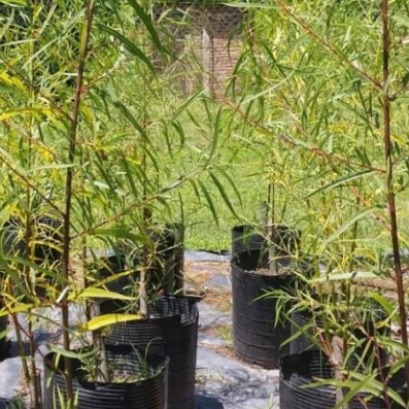 INTA Delta begins propagation of seven Creole willow clones for ecological restoration in Paraná
INTA Delta begins propagation of seven Creole willow clones for ecological restoration in Paraná
As a result of the rescue, domestication and registration work carried out by Teresa Cerrillo, a leading researcher in Salix Genetic Improvement, within the framework of the National Genetic and Forest Resources Programs of INTA, the multiplication and propagation of seven clones of Creole willow (Salix humboldtiana) began recently registered in the National Seed Institute (INASE) by INTA Delta del Paraná.
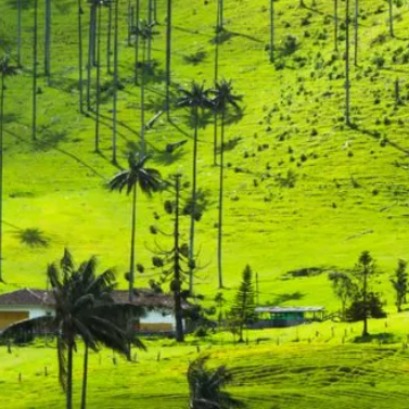 The tallest palm tree in the world is in South America: it is the height of a 20-story building
The tallest palm tree in the world is in South America: it is the height of a 20-story building
The worlds tallest palm tree stands deep in South America, a giant that challenges the limits of plant life Deep in South America, between the fog and the mountains, hides a giant tree that few know about. Majestic and silent, challenging the world on what plant life can achieve.
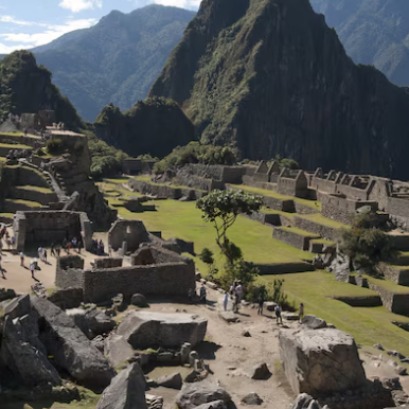 Reforestation advances in the Historic Sanctuary of Machu Picchu with new restored hectares
Reforestation advances in the Historic Sanctuary of Machu Picchu with new restored hectares
The plan includes the planting of a thousand new trees in the sanctuary, in response to the damage caused by forest fires and environmental threats, with the support of local authorities and representatives of the tourism sector.




